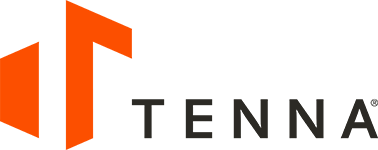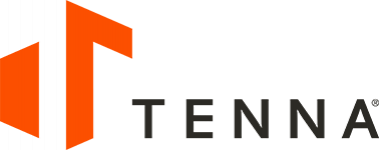Glossary
Common Construction Equipment Management and Asset Tracking Terms
Wondering what all this equipment management lingo means? You’ve come to the right place. We’ve broken down some common equipment management and asset tracking terms for you below and grouped them for your convenience so you can familiarize yourself while on your journey to bringing asset management efficiencies to your business.
Asset Tags
Asset tags are pieces of hardware that adhere to assets and enable the transmittal of data from the asset to the software. Examples include QR tags and labels and RFID tags. Tags come in a variety of shapes and sizes and can be attached to assets in a variety of methods – adhesives, screws, zip ties, etc.
Bluetooth Low Energy (BLE)
Bluetooth Low Energy (BLE) Beacon
A BLE Beacon is a hardware device that enables the transmitting of BLE signals for identifying location. For use in asset management, a beacon is a tracking device that broadcast their identifiers to an electronic device within range. Users can set beacon ranges and be alerted when a beacon is out of range using FMP (“find me” profile) and PXP (proximity profile) — which allow one device to issue an alert on a second misplaced device. Beacons work well with smartphones as a reader.
Equipment Management
Equipment Management Software
Construction Equipment Management Software is a dedicated application used to monitor, record and present data on an asset throughout its life cycle, from procurement to disposal. The software analyzes and provides an organization with a range of information pertaining to specific assets including when, where, how and by whom assets were used, and details such as year, make, model, etc. Asset management software is considered an asset management tool.
Fixed Asset
A fixed asset is an asset that enables its owner to operate and conduct its particular business such as equipment, machinery, property, etc. that is not designed to be consumed during normal operations. Also known as a “capital” asset, a fixed asset is tangible as opposed to liquid.
Fleet
A Fleet is a group of assets operating together or under the same ownership including commercial motor vehicles such as cars, vans, specialist vehicles, yellow iron equipment, buses, trucks and trailers, aviation aircraft, rail units, or watercraft.
Some businesses use the term Fleet to describe only their vehicles. Construction businesses commonly refer to their entire collection of assets as their Fleet. Tenna meets both interpretations by helping you track and manage all the assets in your fleet, including your vehicles, equipment, machinery and more.
Fleet Maintenance
Fleet Management
Vehicle Fleet Management
Fleet Tracking
Fleet Size
Fleet Safety
Onboard Diagnostics (OBD)
Geofence
Geofence Alert
Global Positioning System (GPS)
Internet of Things (IoT)
QR (Quick Response) Code
A QR code is a two-dimensional barcode, first designed for the automotive industry in Japan. A QR code uses four standardized encoding modes (numeric, alphanumeric, byte/binary, and kanji) to efficiently store data; extensions may also be used.
QR codes are popular due to their fast readability and greater storage capacity compared to standard barcodes. Applications include product tracking, item identification, time tracking, document management and general marketing.
A QR code consists of black squares arranged in a square grid on a white background, which can be read by an imaging device such as a camera and processed using Reed–Solomon error correction until the image can be properly interpreted. The required data is then extracted from patterns that are present in both horizontal and vertical components of the image.
Telematics
Have Questions Around These Terms or Others?
Get in Touch!

